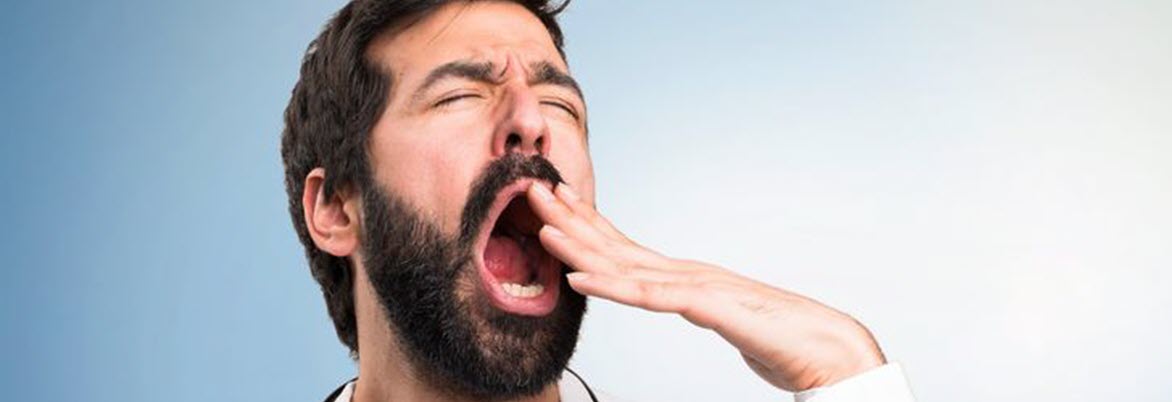
6 Powerful Ways to Start a Presentation to Doctors
The beginning of your talk will set the tone for your allotted time
Whatever you do during the first 30-60 seconds should succeed in captivating the audience securely enough for them to turn all of their attention to you for the duration of your presentation. Loosen them up, fascinate them, or make them curious from the very beginning.
Consider using one of the six presentation openers listed below if you would like to try something new.
1. Start with a personal story
Open up to your audience by illustrating how the subject at hand is personally important to you. When you start off with a personal tale of medicine, illness, cure, or perhaps gain and loss, you are inviting everyone present to identify with you. Suddenly you all become a part of the presentation. Rather than having to agree or disagree with the cold facts that you produce, they will actually be able to feel what you are saying once you make yourself seem more personable.
A colleague of mine was giving a similar presentation to another group of doctors just last month. He told me that the number one point the doctors were concerned about was xxxx.
2. Start with a story of a patient
Make your presentation entirely relevant by taking it directly to the case of a patient your medical device had treated. Deliver your story in a clear and intriguing way that lets doctors know that it is to be trusted and is not anecdotal. Before you present, make sure you establish the specific facts of the story so that you have a mental guideline to follow throughout your fluid talk. With your patient story you will start off by creating relevance and accountability for yourself and your message.
A doctor I met in the past told me of a patient who refused xxxxx equipment on the grounds that it was too uncomfortable.
3. Start with a statistic
Give doctors a reason to listen to the rest of your presentation. Rather than asking them to blindly trust you before you get to the proof of your facts, start off with that proof. Deliver a relevant statistic that illuminates the importance of your entire presentation. The data you offer will provide a black and white, irrefutable example of why the topic of your discussion matters to your listeners. Using a statistic also illustrates that you are knowledgeable in the area, giving just one more reason why what you are discussing is worth hearing.
Did you know that the xxxx industry has been growing at a rate of xx% per year?
4. Start with a video
Movies of your medical device or how your technology works are guaranteed to draw attention as long as they are good and well structured. Videos are extremely useful when your medical device is too small to present to a group of doctors, is used inside the patient’s body, or is not mobile and is too large to bring into the room. Another type of video you can use is a video testimonial of a colleague they know and respect.
5. Start with a silence
What can be more powerful than a silence when you are expecting a speech? That period of waiting can be intense as the listeners wait for what is coming next. When you are ready to begin your business presentation, try surprising listeners by providing them with a single sentence, and then a moment of complete silence. Maintain complete composure during the pause so that the doctors do not fear that you have forgotten what you were saying, or perhaps that you are angry or waiting for anything in particular. If you wish, say a few more words only to be followed by yet another silent period. In less than a minute you will have taken complete ownership of the room as all attention has turned to you, waiting for what you have to say next.
6. Start with humor
Laughter is a fun way to draw people’s focus. If you are confident that you will make your listeners laugh, using humor is a strong way of opening a presentation to doctors. The first step however is knowing your audience. You must know what the doctors in front of you will find funny or amusing before you bust out your best joke-telling skills. Then make sure your joke is relevant to your topic as well. A joke is meant to loosen the audience and make them feel comfortable and open to what you are about to say. However, if you botch the joke, you will be in for a rough recovery over the next few minutes.





